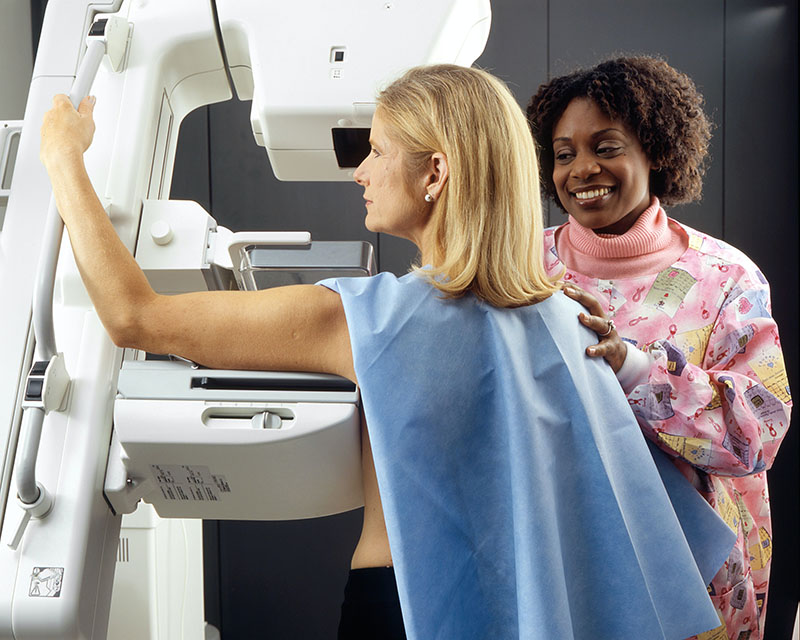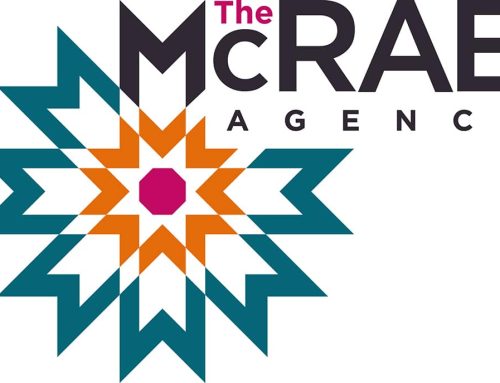By Dr. Pablo Prichard
Breast cancer is one of the most common cancers among women in the United States with more than 250,000 diagnosed with an invasive form each year. The causes of breast cancer are complex and multifactorial, including genetic, hormone related, and environmental, but learning about potential risks and how to detect it early can prepare you to see warning signs when it is most treatable and curable.
Know the Risk Factors
While most breast cancer cases can’t be linked to a specific cause, there are a few known risk factors to be aware of.
• Age: As you get older, your risk of breast cancer increases. Most cases are found in women over the age of 50. However, we are seeing breast cancer more and more in younger women.
• Personal History: If you have had breast cancer in the past, your chances of developing cancer again are higher.
• Family History: If a direct relative like a mother, sister or daughter has developed breast cancer, or other type of cancer, this increases your risk.
• Genetic Factors: The BRCA1 and BRCA2 genes are genetic mutations that greatly increase the chance of developing breast cancer. There are other genes as well that increase your risk, so if you have a family history of breast cancer, genetic testing may be indicated.
Early Detection is Key
As with any cancer, early detection greatly increases the chance of beating cancer. There are a few different methods that, when done in combination, are the best tools to see early stages of cancer. Regularly examining your breast is a great place to start. While examining, look for any swelling, soreness, lumps or changes in the shape or size. Anything abnormal should be brought to your doctor’s attention for further examination. The most important findings are hard, immobile masses, and indentations of the skin. Also examine yourself standing, laying, and leaning over forward, as skin retraction can be more prominent in one position vs. another.
Mammograms are one of the most important screening methods for women over the age of 40 as it can detect signs of cancer up to two years before a tumor can be felt. The X-ray can see tiny white dots, or micro-calcifications, which can be a sign of breast cancer. Another technique that works well for younger women with more dense breasts or implants employs quantitative transmission ultrasound, also known as a QT Ultrasound. It provides a much clearer view and provides images more like an MRI. Women at high risk should consider yearly mammograms along with ultrasounds starting at 30.
Techniques are Improving
If you do develop breast cancer, take heart that treatment technologies and techniques have greatly advanced over the years. Even options for breast reconstruction have advanced like using your own tissue rather than a traditional implant which can improve the feel and shape of the breast. Your plastic surgeon can work closely with you to determine the best option for you. Often, an oncoplastic reconstruction can improve the appearance of the breast.
Breast Cancer Awareness month is a great time to educate yourself and make breast health a priority. Consider creating standing annual appointments for the appropriate screening procedures and monthly reminders for self-examination; your body will thank you.
Pablo Prichard, M.D., is former Chief of Plastic Surgery at HonorHealth John C. Lincoln Hospital for 14 years, Medical Director for Plastic Surgery and is Senior Partner at Advanced Aesthetics Associates. For more information, visit drprichard.com and follow on Instagram @pabloprichard.





